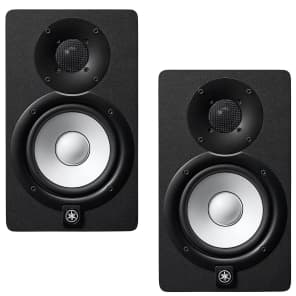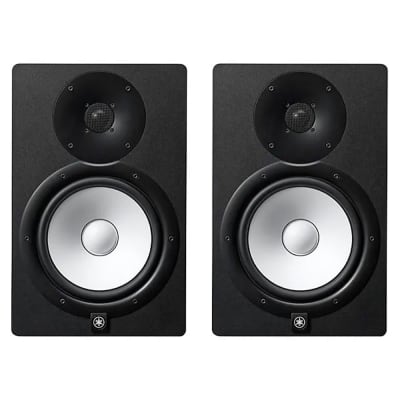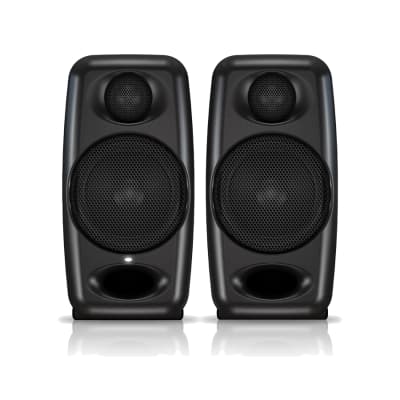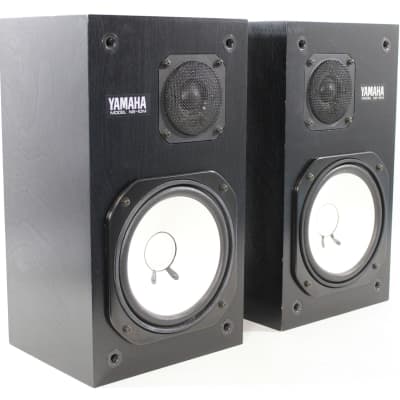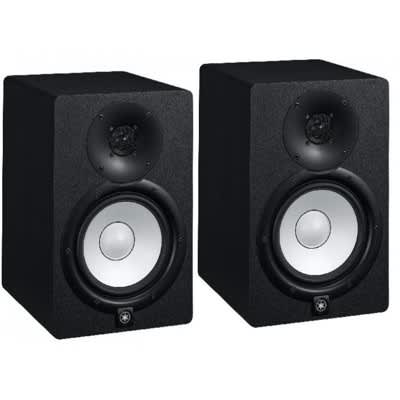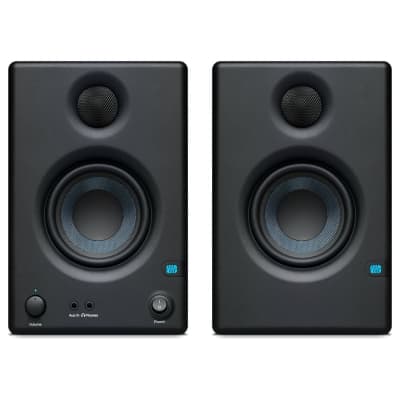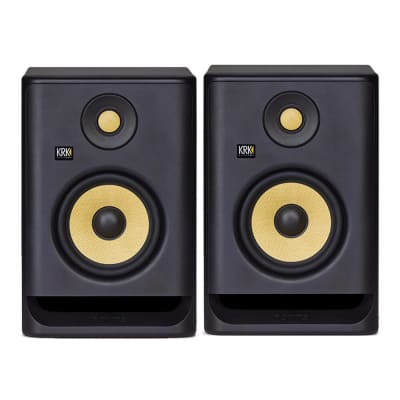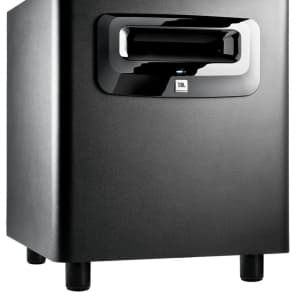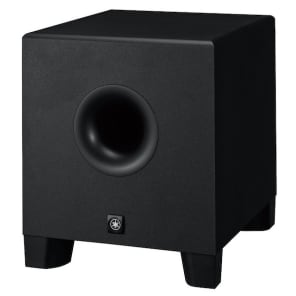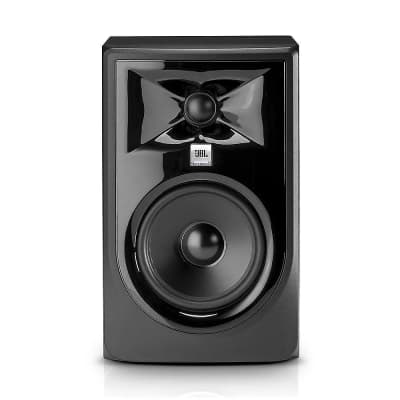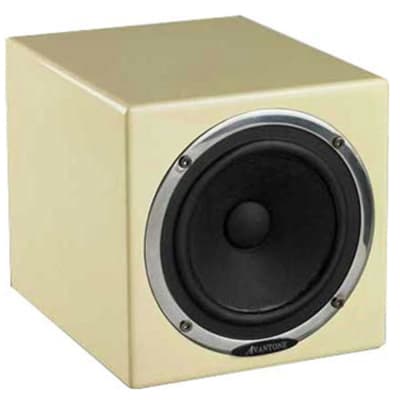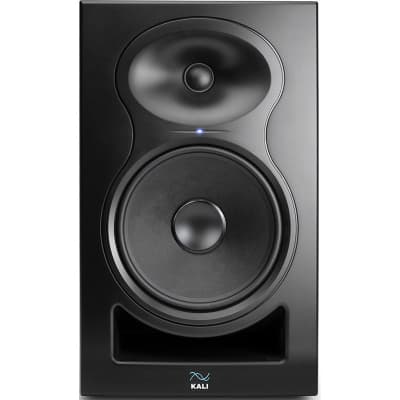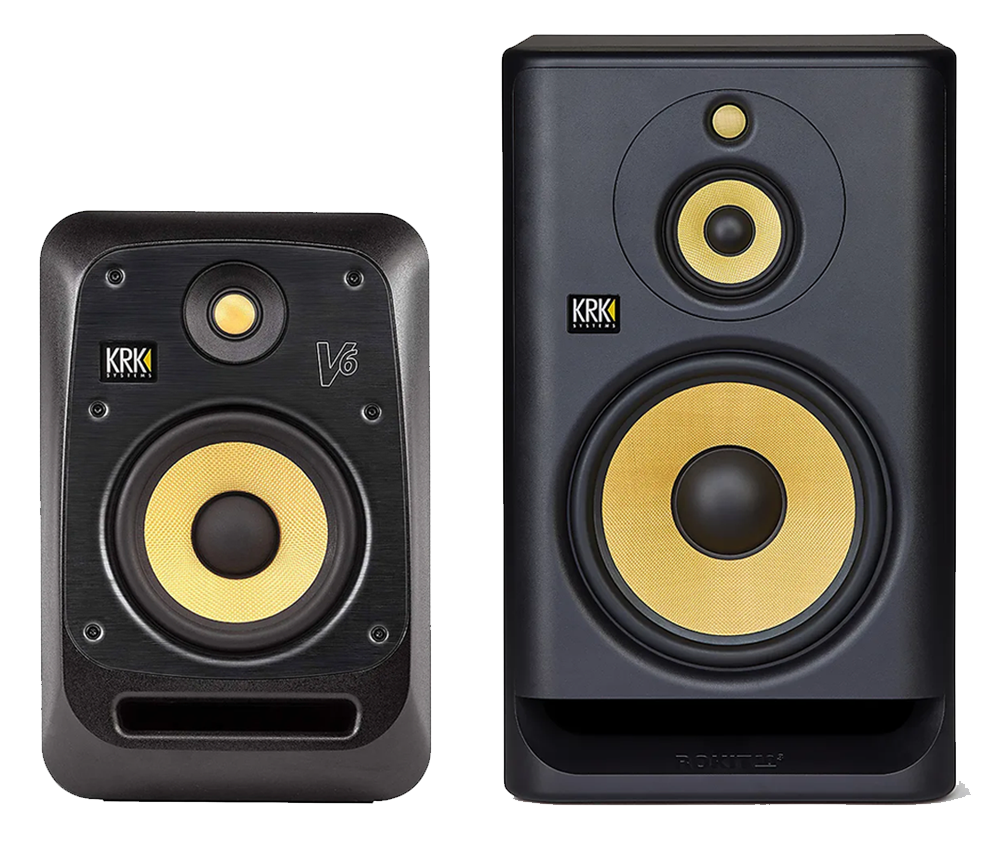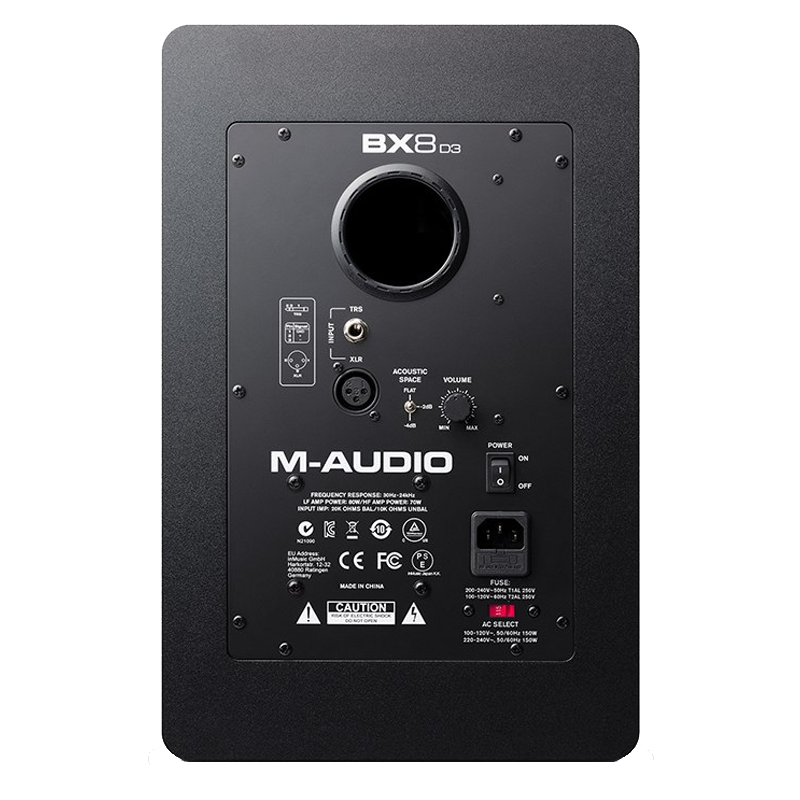When you start getting serious about making music, there will come a time when your headphones or computer speakers just aren’t cutting it anymore. To make your music sound its best, you need to hear as much detail as possible—and that means getting a pair of real studio monitors.
Fortunately, there are tons of great models available, all suited to different uses, tastes, and price ranges. This guide will help you choose the best studio monitors for music production by answering some common questions and suggesting popular models for home, project, and professional studios.
But before we get into how to choose the pair of studio monitors for you, there are a couple of important issues to address. First of all, the sound of your room matters just as much as your speakers—even the best monitors in the world will sound like crap in a room with poor acoustics. So before you buy, read our guide on using acoustic treatment to optimize the sound of your room.
Secondly, familiarity is just as important as accuracy. As long as you know the sound of your speakers intimately, you can achieve great results without breaking the bank for monitors with a completely flat frequency response.
The Best Studio Monitors on Reverb
Check out the most popular studio monitors on Reverb, updated daily.
Quick Picks
What to Consider When Buying Studio Monitors
What is the difference between active and passive monitors?
Most monitors produced today are active, meaning they contain built-in, powered amplifiers. Without having to worry about hooking up an amplifier, you can simply plug active monitors into your audio interface and get to work.
Before active monitors, all speakers were passive, meaning they required an external amplifier (like old hi-fi stereo speakers). The extra gear and setup required to get passive monitors sounding good is generally not worth it for the average user, but some passive monitors, like the classic Yamaha NS-10, are still popular.
How big do my monitors need to be?
Generally, larger woofers mean more low-frequency output. If you want to hear what’s going on in the lower octaves of your music, you should try to get the largest speakers possible for your price range. However, even a well-built six-inch speaker can get pretty close to the lowest audible frequency (20Hz).
What do 2-way, 3-way, bi-amped, and tri-amped mean?
This terminology refers to the number of amplifiers and drivers in powered monitors. Since no single speaker can be accurate across all frequencies, it’s common practice to use at least two drivers—a woofer for the lower frequencies and a tweeter for the higher frequencies. This is called a 2-way or bi-amplified system.
A 3-way or tri-amplified system is exactly what it sounds like: One more driver is added to further split the signal into low, mid, and high ranges. Many higher-end monitors use this layout to reproduce the entire frequency spectrum with greater accuracy.
How do I know how accurate my monitors are?
Every monitor will come with a graph of its frequency response. A flatter line means greater accuracy, but no speaker will ever have a completely flat line. Keep in mind that this data is obtained by laboratory testing, and that your room will always have an effect on the accuracy of your monitors.
To ensure the best possible accuracy, use an acoustical measurement program like SonarWorks Reference, FuzzMeasure, or RoomEQWizard to analyze and adjust your monitors for the flattest response possible.
How much should I spend on monitors?
How much you should invest in your monitors really depends on what you’re trying to accomplish and how serious you are about your work. Most home recordists can probably get great results from the $300-500 range, and even better results can be found in the $500-$1,000 range. For professional studios, it’s common for studios to have monitors worth $5,000 or more.
What are bass ports?
Bass ports are strategically placed holes in a speaker cabinet that enhance low-frequency resonance, like the sound hole on a guitar. Every monitor’s bass porting is precisely tuned to extend the low-frequency range of the unit beyond what the woofer can actually produce.
Functionally, there is little difference between ports located on the front or back of monitors. Front-porting can sometimes create the illusion of more bass due to rush of air they produce, while rear-porting can produce distorted bass response when placed too close to walls (although this happens to any speaker to a certain extent).
Do I need a subwoofer?
You definitely don’t need a subwoofer to get great sound, but they can be useful in certain situations. While subwoofers are great for extending the range of smaller monitors, hearing too much bass when mixing can seriously mess with your sound. Check out our article about how to choose a subwoofer and set it up.
How do I set up my monitors?
The standard configuration for stereo monitoring is to create an equilateral triangle with the speakers placed equidistant from both the listening position and each other. The speaker cones should face directly at you, with the tweeters positioned at ear level for optimal high-frequency accuracy. Vertical or horizontal placement are both fine, as long as the rules above are followed.
While it may be tempting to place your speakers wherever there’s room, or far apart for a super wide sound, proper placement is crucial for getting a good stereo image when mixing. See our guide on how we suggest setting up monitors for more information.
Why do some monitors have onboard EQ and “room control” switches?
Every room sounds different, so some monitors feature built-in EQ controls to counteract a given room’s acoustical flaws for a more even sound. These convenient features are common on consumer- and prosumer-level monitors, but higher-end models often lack onboard EQ, as they are designed for use with special room-tuning equipment or software.
Common monitor EQ features include bass reduction for placement near walls, low-mid “room control” EQ for muddy-sounding rooms, and high-frequency adjustment to compensate for reflective or non-reflective environments.
What do near-field and far-field mean?
These terms refer to the distance at which a given pair of speakers is designed to be used. This article will focus on near-field monitors, which are typically mounted within a few feet of the listening position to provide accurate sound to one or two people.
Far-field monitors are designed to provide accurate sound across an entire room, sort of like a precision-tuned PA system. Far-field monitors are usually found only in larger studios, often mounted directly in the walls of the control room to allow both the engineer and clients to hear the same thing during playback.
Best Studio Monitors for Musicians & Bedroom Producers
If your primary music-making environment is a spare bedroom, office, or basement, a good set of speakers is one of the best upgrades you can make. However, you’re probably working within some budget and space limitations as well. Fortunately for you, there are plenty of monitors available that offer a balance of sound quality, size, and price.
Unlike higher-end monitors designed for maximum transparency, consumer-level monitors are often a bit “hyped,” with certain frequencies accentuated for a more pleasing sound. And that’s okay—as long as you’re aware of what you’re hearing, you can still make great mixes. These types of speakers have the added benefit of being excellent for general listening, watching movies, and gaming.
Best Studio Monitors for Dedicated Home Studios
Those with larger, more ambitious home studio setups will want to invest in better monitors and are usually prepared to spend a little more. With a slightly larger investment comes greater quality, improved accuracy, and other benefits like lower distortion and a wider “sweet spot.” This range of monitors represents a solid investment that you can rely on for years to come.
For home and project studios, we recommend getting monitors with at least six- to eight-inch woofers to get closer to true full-range sound. As a rule of thumb, try to get monitors with the largest frequency range possible, within your budget. Then, if you want to spend a bit more, you can go for maximum quality and features.
Best Studio Monitors for Project & Professional Studios
Whether you’re a seasoned engineer with a serious project studio or the owner of a commercial facility, top-notch monitoring is an absolute must. When you invest in high-quality monitors, every factor is crucial: sound, accuracy, output, distortion, and sensitivity should all be considered. Ultra-flat frequency response is especially important for commercial studios, because clients and outside engineers who are used to their own speakers will need to be able to trust what they’re hearing in your control room.
Many professional-level monitors feature a 3-way design with a dedicated mid-frequency driver for greater accuracy. An extra-wide sweet spot is useful when multiple people are sitting at the desk, or when you need to move around to record yourself. If you do a lot of mixing or mastering, you may want to consider picking up a pair of secondary reference monitors as well.
